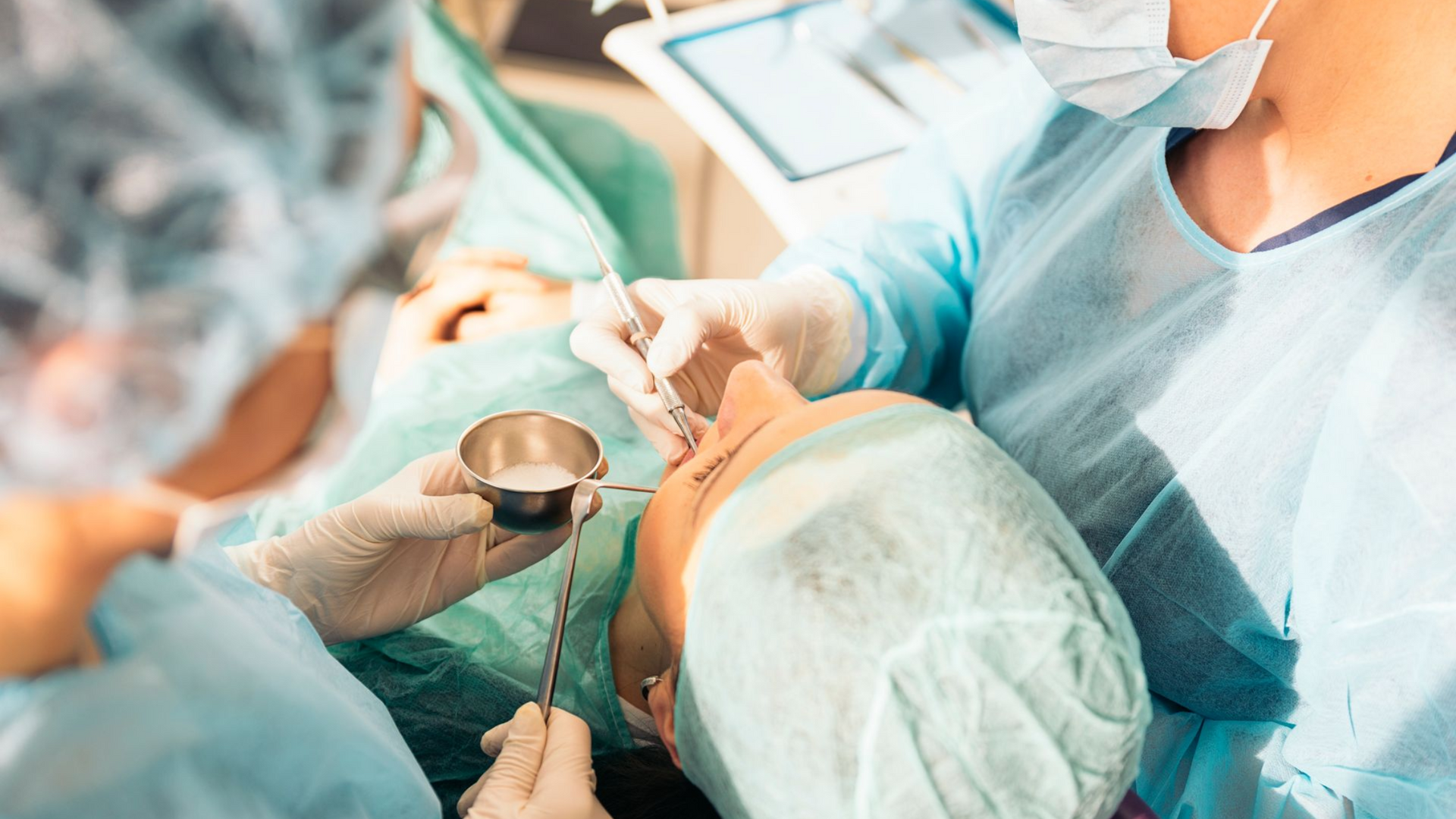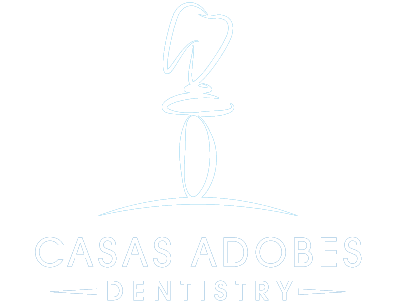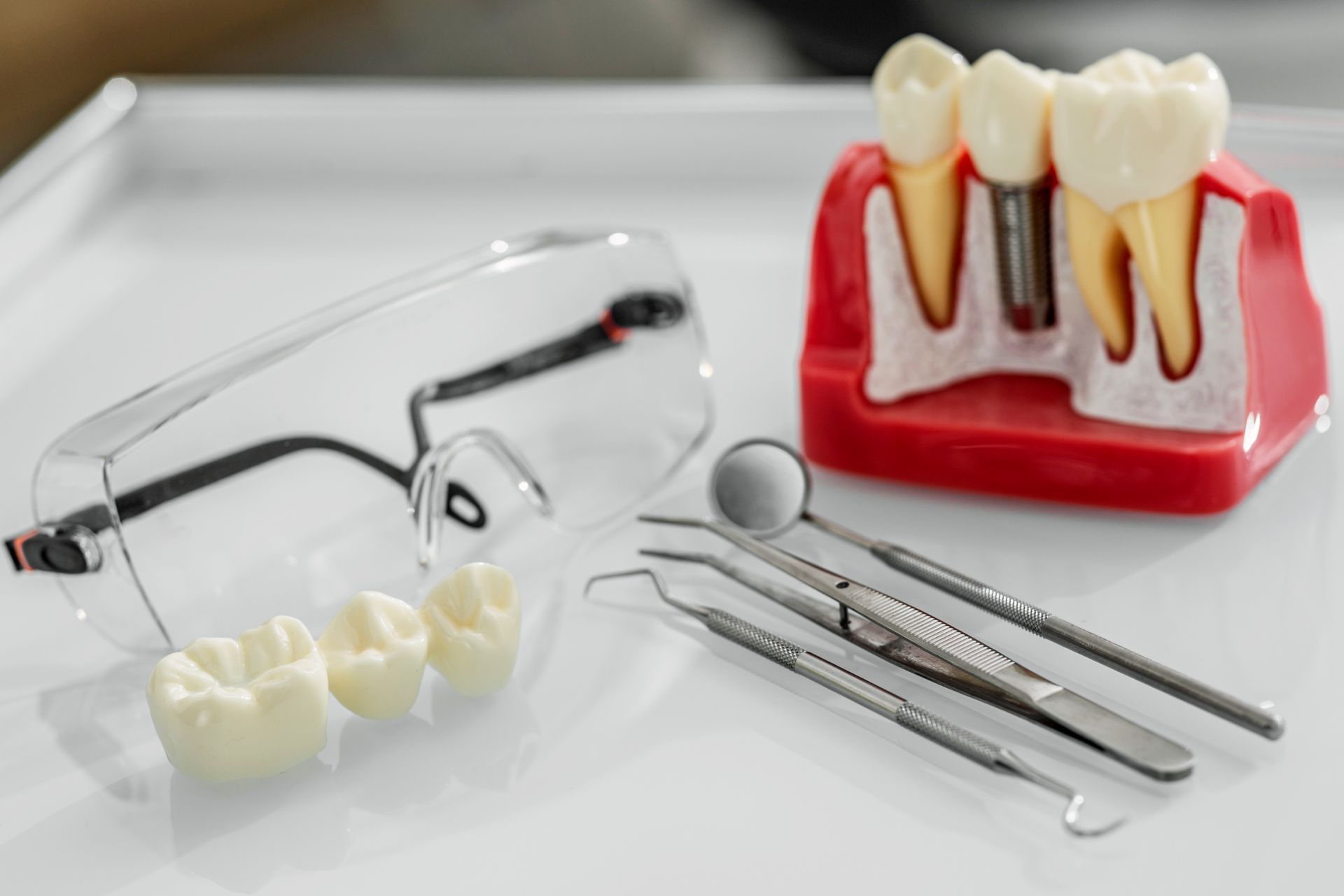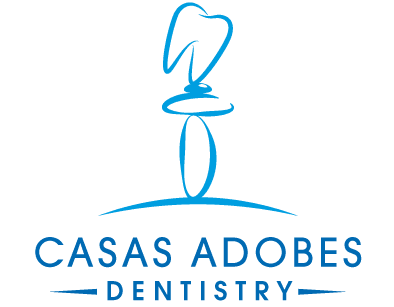How Long Does Dental Implant Surgery Take

At Casas Adobes Dentistry, our implant team plans and restores implants every week using 3D imaging, guided surgery, and evidence-based protocols. This article gives you clear, honest timelines you can use to plan your treatment no fluff, just straight answers from clinicians who do this every day.
Understanding the Dental Implant Process
What Is a Dental Implant?
A dental implant is a small titanium or ceramic post placed in the jawbone to replace a missing tooth root. After your bone heals around it (a process called osseointegration), an abutment and crown are attached to complete your new tooth.
Why Timeframes Can Vary Between Patients
Timing depends on your oral health, bone density, whether a tooth needs to be removed, if a bone graft or sinus lift is needed, how many implants you're getting, and your healing response and habits (for example, smoking can slow healing).
Short answer up front:
- Single implant surgery: ~45–90 minutes in the chair.
- Multiple implants: ~1.5–3+ hours total, depending on number and location.
- Healing (osseointegration): typically
3–6 months.
- If bone grafting/sinus lift is needed: add
3–9 months of healing before the implant or crown step.

Step-by-Step Dental Implant Timeline
Initial Consultation and Evaluation
We review your health history, take a 3D cone beam CT scan, and map your nerves, sinuses, and bone volume. You'll get a clear dental implant timeline, cost estimate, and options (single tooth, multiple, or full-arch).
Time in chair: 45–75 minutes
When: Visit 1
Preparatory Procedures (If Needed)
- Tooth extraction: Often quick; simple extractions heal in
1–2 weeks.
- Socket preservation bone graft: Often placed at extraction to maintain bone for a future implant. Healing is typically
8–12 weeks before implant placement.
- Ridge augmentation or sinus lift: For thin or low bone. Healing can be
4–9 months before implant placement.
Time in chair: 30–90 minutes (varies)
When: Before implant placement
Implant Placement Surgery
Under local anesthesia (and optional sedation), the implant is placed using a surgical guide for precision. For a single tooth implant, surgery time is often 45–90 minutes. Multiple implants can be completed in a single visit with proportionally more time.
Time in chair: 45–180+ minutes (case dependent)
When: After any needed prep heals
Healing and Osseointegration Period
Your bone fuses to the implant over 3–6 months on average. Lower jaws often heal a bit faster than upper jaws due to denser bone. During this phase you may wear a temporary tooth for appearance and function.
Duration: 3–6 months (longer if grafting/sinus lift preceded placement)
Abutment Placement and Healing
Once the implant is stable, a small connector (abutment) is attached. The gum heals around it in 1–2 weeks.
Time in chair: 20–40 minutes
Healing: 1–2 weeks
Final Crown Placement
We take digital scans, the lab fabricates your crown, and we seat it for fit and bite.
Time in chair: 30–60 minutes per visit
Visits: 1–2 visits over
1–3 weeks
Average Timeline for a Dental Implant
Best-Case Scenario
- Day 0: Consultation and plan
- Week 0–2: Implant placement (no grafts needed)
- Month 3–4: Abutment placement
- Month 3–5: Final crown delivered
Total: ~3–5 months from surgery to final crown (sometimes faster in ideal bone).
Extended Timeline with Additional Procedures
- Extraction + socket graft: Add
2–3 months before implant
- Ridge augmentation or sinus lift: Add
4–9 months before implant or before loading the implant
- Complex or multiple implants: Add
several weeks for staged steps and lab work
Total: ~6–12+ months in complex cases, depending on healing and procedures.
Factors That Influence Total Treatment Time
- Overall oral health: Gum disease must be stabilized first.
- Bone quality and quantity: Thin or soft bone needs grafting or longer healing.
- Smoking or medical conditions: Can extend
implant healing time.
- Number and type of restorations:
Single tooth implant cases are usually faster than
multiple dental implants or
full-arch solutions.
- Bite forces and location: Upper molars often need more time (sinus proximity, softer bone).
Tips for a Smooth Recovery and Faster Healing
- Follow post-op instructions: Ice, rest, and prescribed medications.
- Protect the site: Avoid hard or sticky foods; chew on the other side at first.
- Maintain gentle hygiene: Soft brushing and antimicrobial rinse as advised.
- Lifestyle support: Don’t smoke or vape; prioritize sleep and protein-rich foods.
- Keep your visits: We’ll monitor osseointegration and guide each
implant surgery stage.
When to Expect Your Final Smile
For many patients with healthy bone and no grafting, expect your final crown in 3–5 months after implant placement. If you require bone graft healing or a sinus lift, plan for 6–12 months from start to finish. Either path aims for the same goal: a strong, lasting result that looks and feels natural.
Quick Reference: Typical Durations (At a Glance)
- Consultation & imaging: 45–75 minutes
- Extraction (if needed): 20–45 minutes; initial healing 1–2 weeks
- Socket graft healing (if used): 8–12 weeks
- Implant placement surgery: 45–90 minutes per single implant (longer for multiples)
- Osseointegration: 3–6 months
- Abutment placement: 20–40 minutes; gum healing 1–2 weeks
- Final crown: 1–2 visits over 1–3 weeks
Why Patients Choose Casas Adobes Dentistry
- Experience: A team focused on implant planning, placement, and restoration.
- Technology: Cone beam CT, digital scans, and guided surgery for accuracy and comfort.
- Clarity: You’ll receive a personalized
dental implant timeline, costs, and alternatives before we begin.
- Continuity of care: From consultation to crown, your entire
implant placement process stays under one roof.
If you're ready to map your exact timeline including whether you'll need any preparatory procedures schedule a consultation. We'll outline the implant surgery length, recovery after dental implant, and the steps to your final smile in plain language you can trust.

Frequently Asked Questions
Can I get a temporary tooth while my implant heals?
Yes, in most cases we can provide a temporary tooth for appearance and function during the healing period. Options include a removable partial denture, a temporary bridge, or in some cases, a temporary crown attached to the implant itself (called immediate loading). The best option depends on your specific situation and the location of the implant.
What happens if I need multiple implants. Can they all be placed at once?
Multiple implants can often be placed in a single surgical appointment, which is more efficient and reduces overall treatment time. However, if extensive bone grafting is needed or if implants are in different areas of the mouth with varying healing requirements, we may stage the procedures. We'll create a personalized treatment plan that balances efficiency with optimal healing.
How do I know if I need bone grafting before getting an implant?
Bone grafting is determined through 3D imaging during your consultation. We look at bone width, height, and density around the implant site. If you've had a tooth missing for a long time, experienced gum disease, or had trauma to the area, you're more likely to need grafting. The good news is that bone grafting has very high success rates and allows patients who wouldn't otherwise be candidates to receive implants.
Will I be able to eat normally during the healing process?
You'll need to modify your diet temporarily. For the first week after implant surgery, stick to soft foods and avoid the surgical area when chewing. As healing progresses, you can gradually return to normal foods, but avoid very hard or sticky items near the implant site until your final crown is placed. Most patients adapt well and can maintain good nutrition throughout the process.
Is dental implant surgery painful, and how long does discomfort last?
Most patients report that implant surgery is less uncomfortable than they expected. We use local anesthesia during the procedure, and many patients opt for sedation for additional comfort. Post-surgical discomfort is typically managed well with prescribed or over-the-counter pain medication and usually peaks within the first 2-3 days, then gradually improves. Most patients return to normal activities within a few days to a week.







